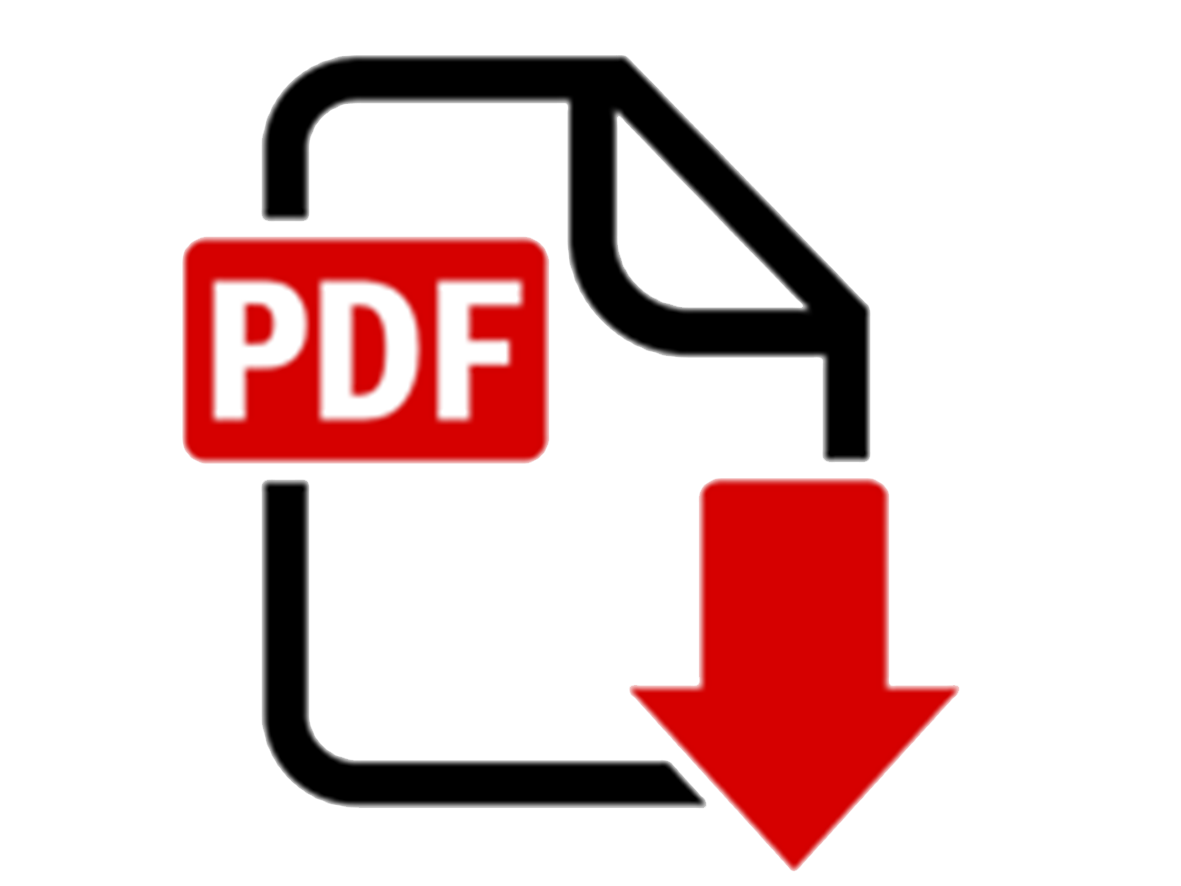IADR Abstract Archives
Edentulous Hybrid 3D Scanning Yields Maximal Surface Area Capture
Objectives: For digital complete denture workflows, impressions and/or models must be digitized with a desk-top scanner. However, undercut areas are difficult to scan, resulting in voids. These may subsequently be digitally ‘filled in’ by software, leading to errors compared to the true anatomy.
A hybrid approach has therefore been developed to optimally combine data captured from a scan of an impression with a scan of the model. This hybrid method uses as much of the impression scan as possible, employing the ‘donor’ model scan to patch holes only where required. This avoids the inevitable smoothing that would occur with a naive merging of both complete scans. These ‘hybrid scans’ may potentially have fewer scan voids.
The aim of this study was to compare the surface area of virtual models produced by scans of the impression, the model and the hybrid technique.
Methods: 10 upper edentulous arches were recorded using special trays with addition-cured silicone (IRAS 246234). Impressions were scanned, cast and the models scanned using a 5-axis scanner (Leeds Digital Dentistry). Hybrid scans were created automatically using custom software. For each subject, a custom digital clipping lasso was defined outlining the denture-bearing area; this same clip was applied to all three scans. The surface areas of the cropped meshes across the three test groups were compared, with results analysed relative to the surface area of the model scan.
Results: Impression scans captured a larger surface area than model scans (mean increase 0.09%, 95% CI: -0.1% – 0.3%) though differences were not statistically significant (p=0.28).
Hybrid scans increased the surface area by 0.7% (95% CI: 0.2-1.3%) compared to model scans and this difference was statistically significant (p=0.017). This equated to an additional 30mm2 of captured data over the denture bearing area.
Conclusions: Hybrid scanning significantly improved surface area coverage over either model or impression scanning alone.
A hybrid approach has therefore been developed to optimally combine data captured from a scan of an impression with a scan of the model. This hybrid method uses as much of the impression scan as possible, employing the ‘donor’ model scan to patch holes only where required. This avoids the inevitable smoothing that would occur with a naive merging of both complete scans. These ‘hybrid scans’ may potentially have fewer scan voids.
The aim of this study was to compare the surface area of virtual models produced by scans of the impression, the model and the hybrid technique.
Methods: 10 upper edentulous arches were recorded using special trays with addition-cured silicone (IRAS 246234). Impressions were scanned, cast and the models scanned using a 5-axis scanner (Leeds Digital Dentistry). Hybrid scans were created automatically using custom software. For each subject, a custom digital clipping lasso was defined outlining the denture-bearing area; this same clip was applied to all three scans. The surface areas of the cropped meshes across the three test groups were compared, with results analysed relative to the surface area of the model scan.
Results: Impression scans captured a larger surface area than model scans (mean increase 0.09%, 95% CI: -0.1% – 0.3%) though differences were not statistically significant (p=0.28).
Hybrid scans increased the surface area by 0.7% (95% CI: 0.2-1.3%) compared to model scans and this difference was statistically significant (p=0.017). This equated to an additional 30mm2 of captured data over the denture bearing area.
Conclusions: Hybrid scanning significantly improved surface area coverage over either model or impression scanning alone.

